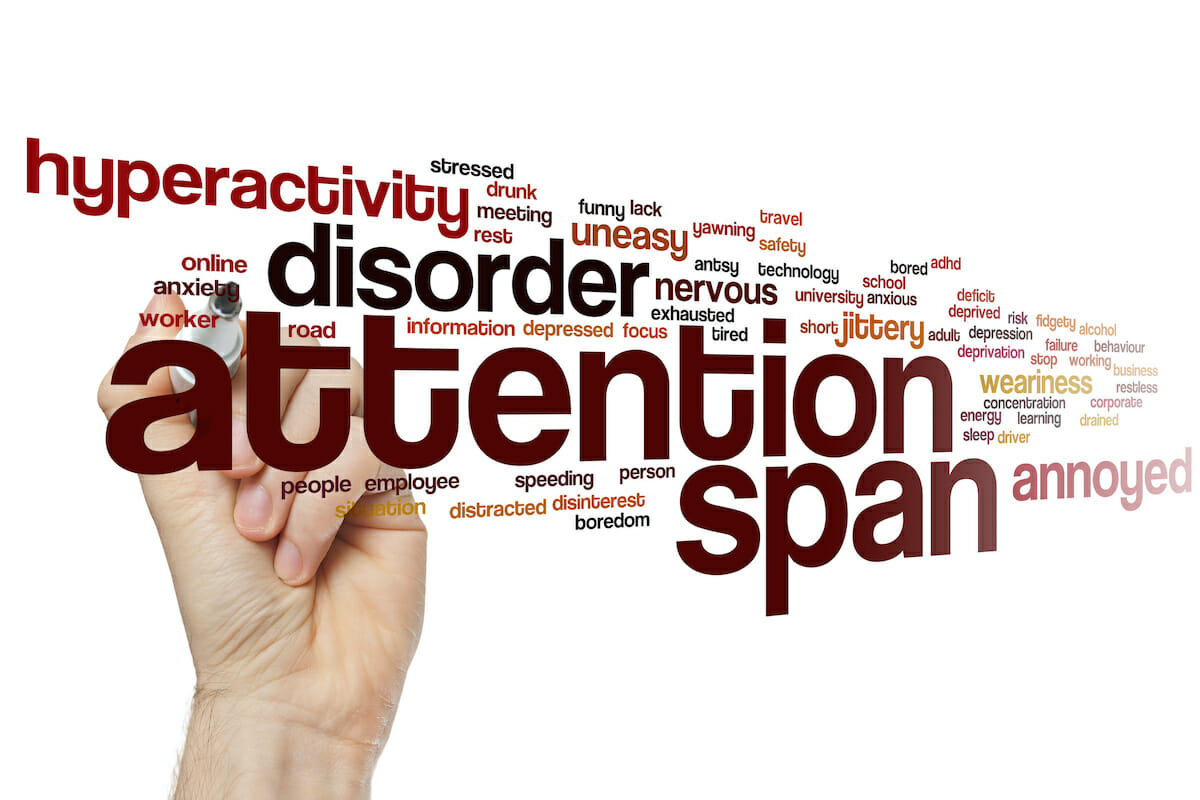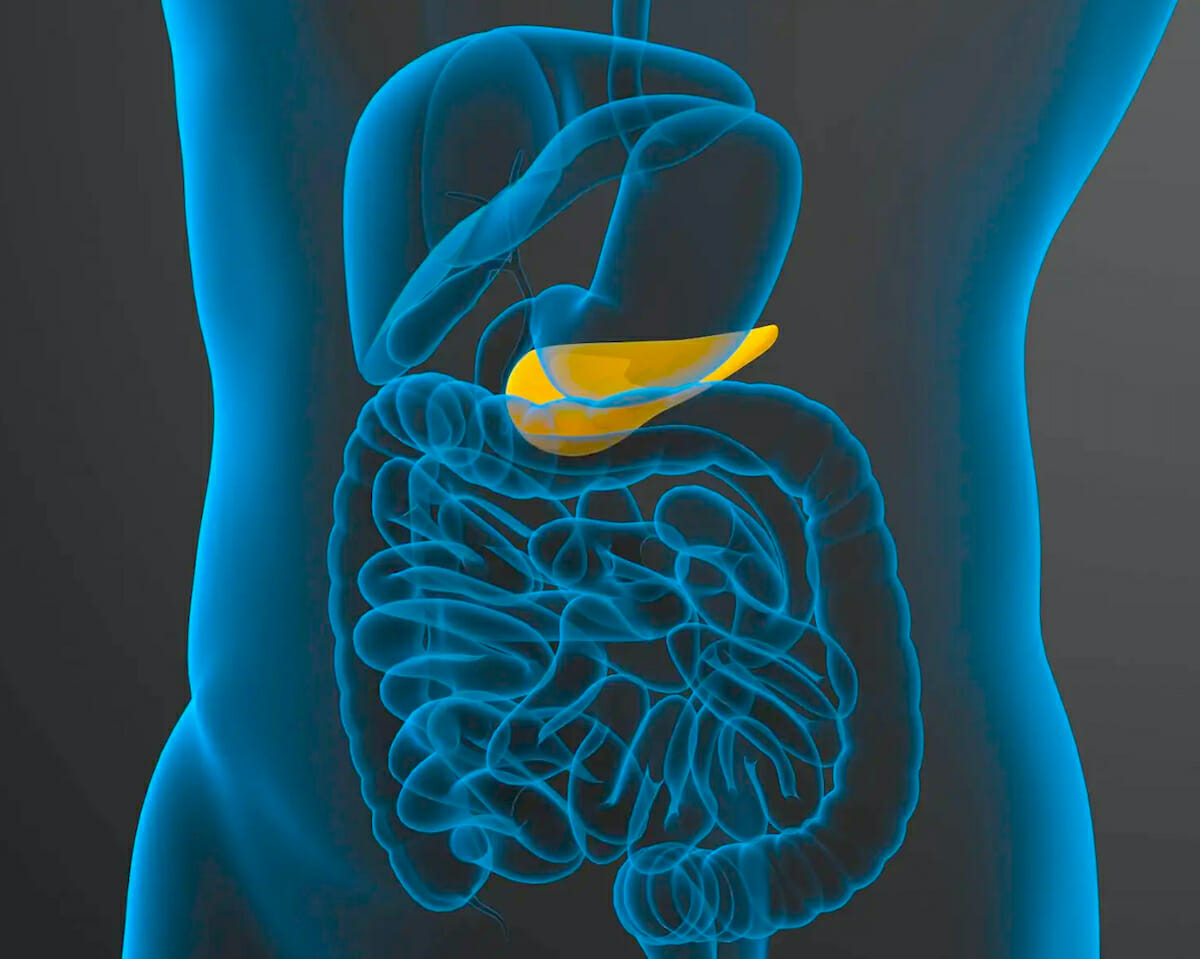ADHD is a lifelong neurodevelopmental disorder in which the brain grows differently. This leads to deficient action from the chemicals involved in pleasure and reward.
The name ADHD is a little unhelpful as those with the disorder do not have a deficit of attention, more a lack of ability to control what they pay attention to. Even the hyperactivity part isn’t always obvious, at least externally.
ADHD is commonly associated with issues with “executive function.” These are the higher thinking skills, such as planning, task management, cognitive inhibition, and working memory.
Although often seen as a “new” disorder predominantly seen in children, ADHD was first described in medical texts dating back to the 18th century. And, although it is usually diagnosed during childhood, most people continue to live with ADHD for their entire adult lives.
ADHD in adults
Recently, a growing number of people are first reporting ADHD symptoms as adults, partly due to high-profile cases or the impact of social media. In fact, somewhere around 2.8% of adults are thought to live with ADHD, with the vast majority of these being undiagnosed. Despite this growing awareness, issues with healthcare resources, poor understanding among healthcare professionals, and stigma around the disorder mean many adults struggle to get a diagnosis.
The neurological basis for the disorder means ADHD brains often search for ways to stimulate the chemicals that have deficient action, which is why those with the disorder can experience some or all of the core traits: inattentiveness, hyperactivity, and impulsivity.
These core traits can manifest themselves in several ways, including:
Being unable to follow through on longer tasks or not being able to start them.
Being easily distracted by other tasks or thoughts.
Seeking out activities, sometimes including risky behaviors, that provide an immediate reward.
Restlessness, either externally or internally.
Interrupting other people without wanting to.
The symptoms of ADHD are largely similar for both adults and children, although ADHD can present differently as we age. For example, inattention is the most persistent symptom in adults, and hyperactivity is less apparent.
ADHD can be extremely debilitating if untreated. It has been associated with a higher likelihood of reduced quality of life, increased risk of substance use issues, unemployment or underemployment, accidental injuries, suicide, and premature death, among other issues. In addition, untreated ADHD is thought to have significant costs to society, with estimates of around US$24,400—each year per untreated ADHD adult. This is due to issues such as medical care and unemployment costs.
Beyond the core traits of ADHD, an array of commonly associated co-existing conditions are reported in ADHD adults.
These co-existing conditions include a greater than three-fold risk of mood disorders compared with non-ADHD adults, a twofold increased risk of having an anxiety disorder, and increased risks for eating disorders and obesity.
Additionally, around 70% of adults with ADHD also experience emotional dysregulation, making it difficult to control emotional responses. It is believed that almost all adults with ADHD have rejection sensitive dysphoria (RSD), a condition where real or even perceived rejection or criticism can cause extreme emotional sensitivity or pain.
While there is now a growing recognition of ADHD in adults, many people still live with it undiagnosed for any number of reasons: lack of awareness that ADHD in adults is a real thing, mishandling by healthcare professionals, or diagnosis hesitancy—the fear of being labeled with something that carries a stigma in society.
Understanding the condition in adults, taking it more seriously as a disorder, raising awareness of it both in society in general and among healthcare professionals, and investing in services to improve diagnosis times are essential to deal with this growing issue.
Improving access to diagnosis and reducing the stigma associated with ADHD would open the door to treatment, which can have a marked impact on living with the disorder—such as improving self-esteem, productivity, and quality of life. There is self-help for ADHD. Here are some suggestions:
Create a routine: Creating daily and weekly routines can help build good habits and may ease some ADHD symptoms. For example, according to Children and Adults with ADHD (CHADD), structure and routine can help reduce stress and uncertainty.
Create a calm environment: A person’s physical space can profoundly impact their mental state. For instance, a person may feel more focused when they do their work in a quiet, tidy room. Similarly, children may learn better without external distractions, such as a television playing in the background.
Exercise: Getting regular exercise may help alleviate some of the symptoms of ADHD. In one 2017 study, for example, researchers found that children with ADHD showed improved impulse control and attention after a single 20-minute aerobic exercise session. According to the authors of one 2019 review article, current research suggests that regular physical activity leads to structural changes in the brain that may reduce ADHD symptoms in children.
Coping with ADHD: People should contact their healthcare provider if they experience any new or worsening symptoms of ADHD that interfere with their ability to function on a daily basis. It is essential that people with ADHD continue their current treatment, which may consist of taking medication, attending behavioral therapy, or a combination of the two.
Source: excerpted from https://www. medicalnewstoday.com/articles/adult-adhd-a-21st-century-epidemic
Exclusive content from CARE magazine












